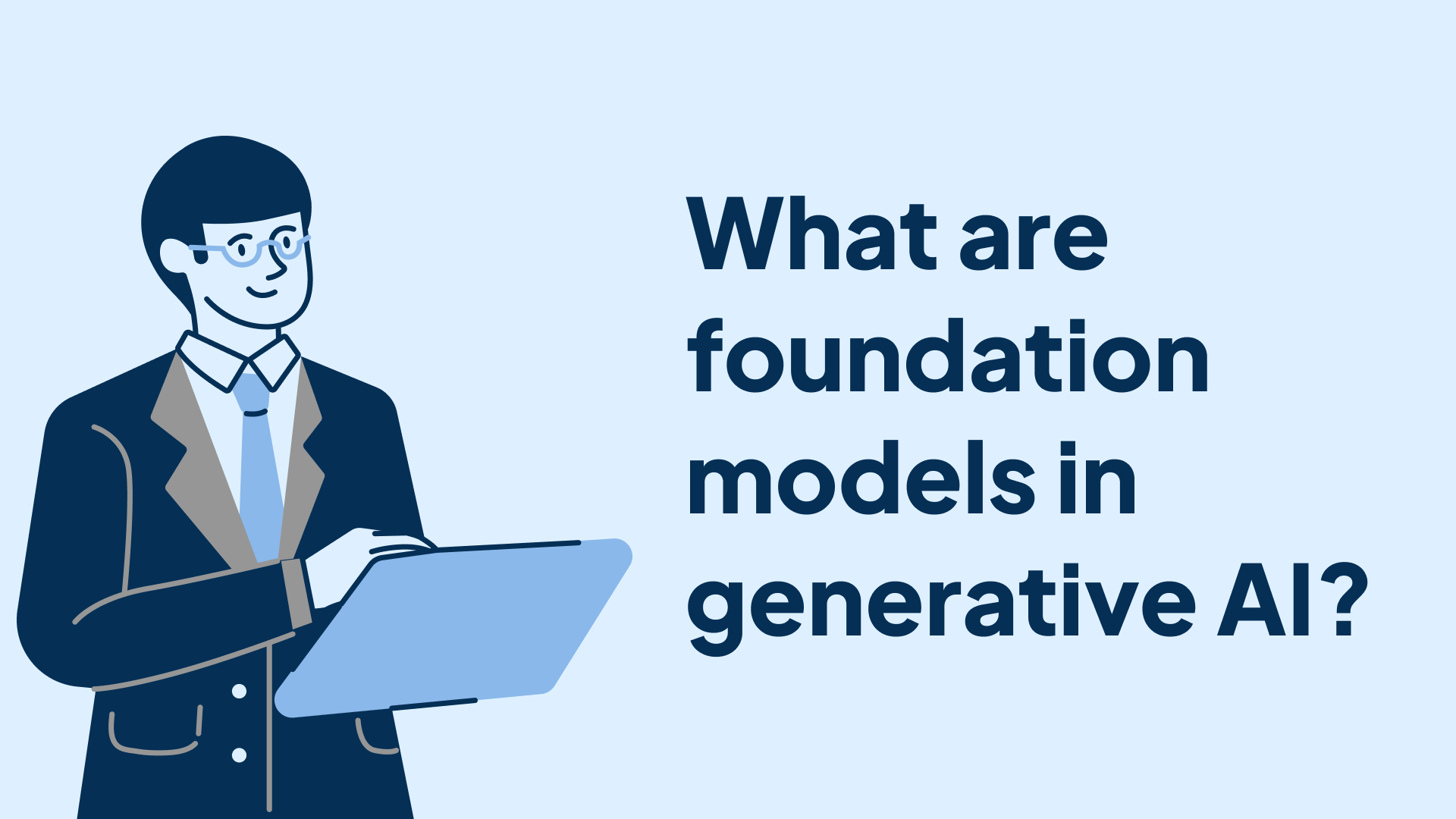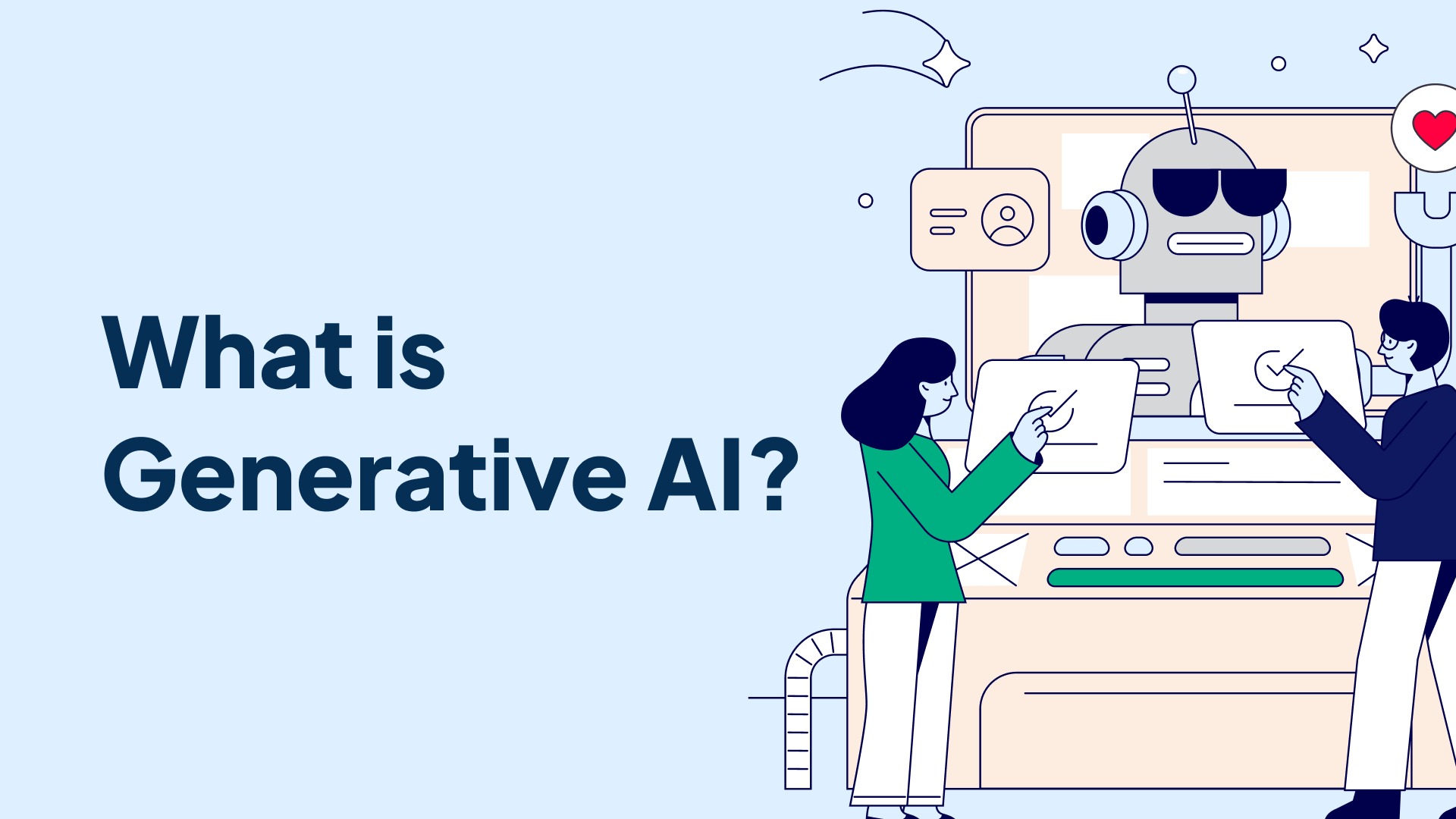Foundation models are a new class of large-scale machine learning models that have revolutionized the field of artificial intelligence (AI). These models are trained on vast amounts of data from diverse sources, allowing them to acquire broad knowledge and capabilities that can be adapted to a wide range of tasks and applications.
The Rise of Foundation Models
The concept of foundation models emerged from the rapid advancement of deep learning techniques, particularly in the field of natural language processing (NLP). Researchers realized that by training large neural networks on massive datasets, they could create models with remarkable versatility and generalization abilities.
One of the earliest and most influential foundation models was the Bidirectional Encoder Representations from Transformers (BERT), developed by Google in 2018. BERT was trained on a vast corpus of text data and demonstrated impressive performance in various NLP tasks, such as question answering, text summarization, and language translation.
Since then, the development of foundation models has accelerated, with major tech companies and research institutions investing heavily in this area. Notable examples include OpenAI's GPT (Generative Pre-trained Transformer) series, Google's LaMDA (Language Model for Dialogue Applications), and Meta's LLaMA (Large Language Model from Meta AI).
Characteristics of Foundation Models
Foundation models are characterized by their large size, broad training data, and versatility. Here are some key features that define these models:
- Large-Scale: Foundation models typically have billions or even trillions of parameters, making them significantly larger than traditional machine learning models. This scale allows them to capture intricate patterns and relationships within the training data.
- Broad Training Data: Foundation models are trained on vast and diverse datasets, often spanning multiple domains and modalities (e.g., text, images, audio). This broad exposure enables the models to develop a comprehensive understanding of various concepts and contexts.
- Multimodal Capabilities: While early foundation models focused primarily on text data, more recent models have expanded to handle multiple modalities, such as images, audio, and video. This multimodal capability allows for more sophisticated applications, such as image generation, speech recognition, and video analysis.
- Transfer Learning: One of the key advantages of foundation models is their ability to be fine-tuned for specific tasks through transfer learning. By adapting the pre-trained model to a particular domain or task, researchers and developers can create specialized applications without starting from scratch.
- Generalization: Foundation models exhibit remarkable generalization abilities, allowing them to perform well on tasks for which they were not explicitly trained. This generalization capability is a result of the model's ability to capture broad patterns and relationships during the pre-training phase.
Applications of Foundation Models
Foundation models have enabled a wide range of applications across various domains, including:
- Natural Language Processing: Foundation models have significantly advanced the field of NLP, enabling tasks such as language translation, text summarization, question answering, and conversational AI.
- Computer Vision: Models like DALL-E and Stable Diffusion have demonstrated impressive capabilities in generating realistic images from text descriptions, opening up new possibilities in fields like design, art, and media.
- Code Generation: Foundation models can assist in software development by generating code snippets, suggesting code completions, and even writing entire programs based on natural language prompts.
- Scientific Research: Foundation models are being explored for applications in scientific research, such as drug discovery, material design, and climate modeling, by leveraging their ability to process and generate complex data.
- Creative Applications: The generative capabilities of foundation models have enabled new forms of creative expression, including AI-assisted writing, music composition, and art generation.
Challenges and Considerations
While foundation models have unlocked numerous opportunities, their development and deployment also come with significant challenges and considerations:
- Computational Resources: Training and deploying foundation models require immense computational resources, including powerful hardware and vast amounts of data. This can be costly and energy-intensive, raising concerns about sustainability and accessibility.
- Bias and Fairness: Foundation models can inherit biases present in their training data, leading to potentially harmful or discriminatory outputs. Addressing these biases and ensuring fairness is a critical challenge.
- Privacy and Security: The training data used for foundation models may contain sensitive or personal information, raising privacy concerns. Additionally, the potential misuse of these models for malicious purposes, such as generating deepfakes or spreading misinformation, poses security risks.
- Interpretability and Transparency: Foundation models are often criticized for their lack of interpretability, making it difficult to understand how they arrive at specific outputs or decisions. This lack of transparency can hinder trust and accountability.
- Ethical and Societal Implications: The widespread adoption of foundation models raises ethical questions about their impact on employment, creativity, and human-machine interactions. Responsible development and deployment of these models require careful consideration of societal implications.
Conclusion
Foundation models represent a significant milestone in the field of AI, enabling a wide range of applications and pushing the boundaries of what is possible with machine learning. However, their development and deployment also come with significant challenges that must be addressed through responsible research, robust governance frameworks, and ongoing collaboration between researchers, policymakers, and industry stakeholders.
As foundation models continue to evolve and become more powerful, it is crucial to strike a balance between harnessing their potential and mitigating their risks, ensuring that these technologies are developed and deployed in a manner that benefits society while upholding ethical principles and protecting individual rights.










